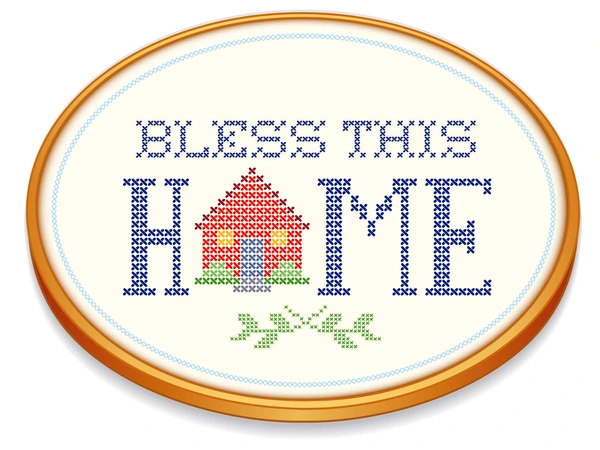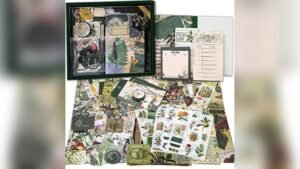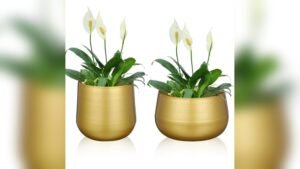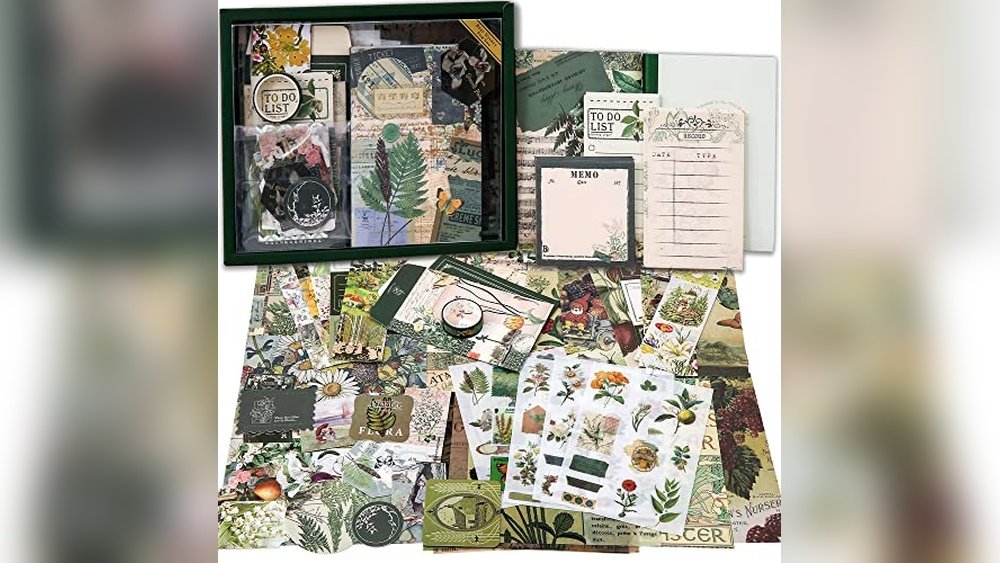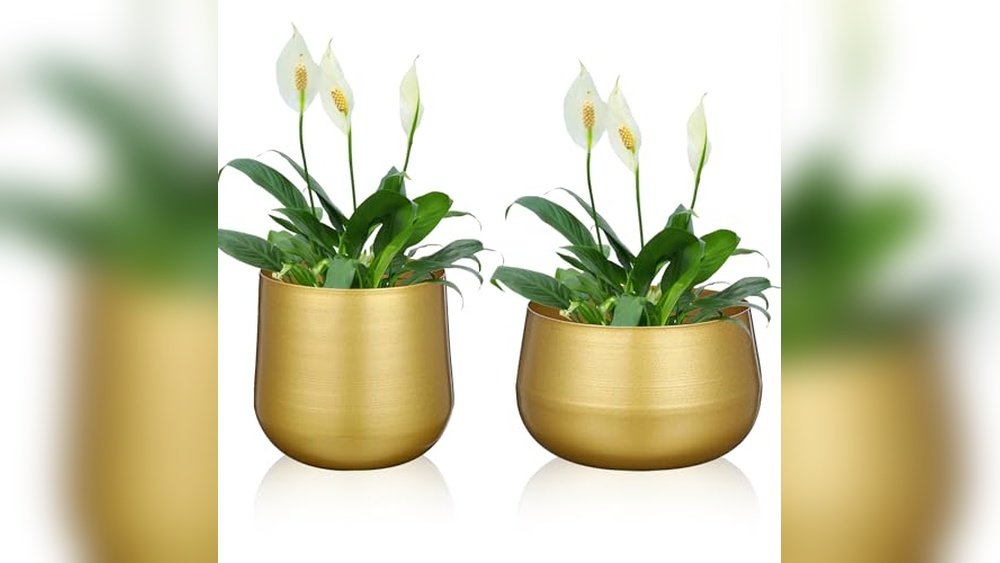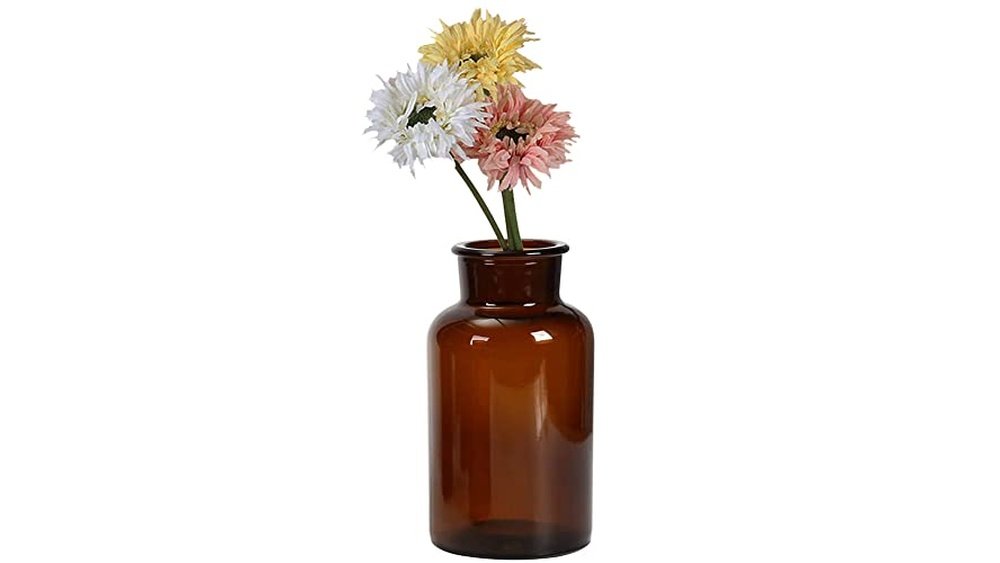Do you ever find yourself staring at a beautifully embroidered piece, wishing you could create something just as stunning? Embroidery isn’t just for experts or those with tons of time on their hands.
It’s an art form that you can master at home, with just a needle, thread, and a bit of guidance. Imagine the satisfaction of transforming a plain piece of fabric into a vibrant work of art, personalized with your unique touch.
As you explore the world of do-it-yourself embroidery, you’ll discover a hobby that’s relaxing, rewarding, and surprisingly simple to start. Ready to unleash your creativity and craft pieces that speak to your style? Dive in, and let’s make embroidery your new favorite pastime!
Embroidery Basics
Embroidery is a creative and relaxing hobby. It adds personal touches to fabric items. Beginners can easily learn the basics and start crafting unique designs. This guide covers essential tools, fabric types, and thread choices.
Essential Tools
Start with a few basic tools. An embroidery hoop holds your fabric tight. Needles come in various sizes for different threads. Scissors trim threads neatly. A needle threader helps with threading. A good light source keeps your eyes comfortable.
Types Of Fabric
Choose fabric based on your design. Cotton is popular for its ease of use. Linen offers a rustic look. Silk provides a luxurious feel. Check the weave for tightness. Loose weaves can be tricky for beginners. Consider the fabric’s color. Bright colors make designs pop.
Choosing Threads
Threads come in many types. Cotton threads are versatile and easy to use. Silk threads add a sheen to designs. Metallic threads create shine and sparkle. Consider the thickness of the thread. Thicker threads stand out more. Choose colors that complement your fabric.

Credit: www.youtube.com
Popular Stitches
Embroidery offers endless creativity. Popular stitches form its foundation. Each stitch brings unique charm and texture. Let’s explore some well-loved stitches in embroidery.
Backstitch
Backstitch creates strong outlines. It’s great for text and detail work. This stitch is easy to learn. Simply bring the needle back through previous holes. The result is a smooth, connected line. Backstitch adds durability to your designs.
French Knot
French Knot adds texture and interest. This small knot stands out beautifully. Wrap thread around the needle, then pull through the fabric. It creates a little bump on the surface. French Knots are perfect for flowers or eyes.
Satin Stitch
Satin Stitch fills areas with solid color. It offers a smooth, shiny look. Use this stitch for petals, leaves, or any filled shapes. The key is even tension. Ensure your stitches lie flat and close together.
Chain Stitch
Chain Stitch forms a linked pattern. It resembles a chain of loops. This stitch is ideal for borders and curves. Start with a small loop, then anchor it with the next stitch. Chain Stitch adds a decorative flair.
Design Inspiration
Embroidery offers endless design inspiration for DIY enthusiasts. Whether drawn to nature, geometric shapes, or cultural symbols, there’s something for everyone. Embroidery allows personal expression through needle and thread. Dive into these themes for your next project.
Nature Themes
Nature inspires with its beauty and variety. Think of flowers, leaves, or animals. These elements bring life to your embroidery work. Choose vibrant colors for flowers or soft hues for landscapes. Nature themes create a calming effect. Perfect for home decor or personal gifts.
Geometric Patterns
Geometric patterns offer structure and symmetry. Circles, squares, and triangles provide endless possibilities. Use bold lines or intricate designs. Geometric patterns suit modern styles. They add a touch of sophistication. Great for cushions, bags, or wall art.
Cultural Motifs
Cultural motifs tell stories and celebrate heritage. They reflect traditions and history. Think of Celtic knots, African symbols, or Asian patterns. Each motif has a unique meaning. Cultural designs connect us to diverse backgrounds. They enrich embroidery projects with depth and significance.

Credit: www.etsy.com
Advanced Techniques
Explore advanced techniques in do-it-yourself embroidery to create intricate designs. Enhance your skills by experimenting with layered stitches and unique patterns. Transform simple fabrics into beautiful art pieces with your personal touch.
Embroidery is not just threading fabric. It’s an art form. For those who’ve mastered basic stitches, advanced techniques offer a creative challenge. These methods add depth and texture to your projects. They turn flat designs into stunning masterpieces. Dive into 3D embroidery, bead embellishment, and appliqué for a richer experience.3d Embroidery
3D embroidery creates depth and volume. It makes designs pop. Use padding or raised stitches to achieve this effect. Experiment with different threads and materials. They add texture and dimension. This technique is perfect for floral designs or animal motifs. It brings them to life.Bead Embellishment
Beads add sparkle and elegance. Choose beads that complement your thread colors. Sew them onto the fabric for added detail. Place them strategically to highlight key areas. This technique enhances simple designs. It adds a touch of luxury and sophistication.Appliqué
Appliqué involves attaching fabric pieces to a base fabric. Cut shapes from contrasting materials. Sew them onto the main fabric. This creates interesting patterns and textures. Use different fabrics for unique effects. Appliqué is ideal for bold designs. It’s perfect for creating eye-catching motifs.Project Ideas
Embroidery is a timeless craft. It adds a personal touch to everyday items. Whether you’re new to it or a seasoned pro, there are countless projects to explore. Let’s dive into some creative ideas that can spark your imagination.
Customized Clothing
Give your wardrobe a fresh look with embroidery. Add initials to your denim jacket. Stitch floral patterns on your favorite T-shirt. Personalize a pair of sneakers with your own design. The possibilities are endless. With embroidery, your clothes tell your story.
Home Decor Items
Transform your living space with embroidered decor. Create cushion covers with vibrant designs. Add charm to curtains with simple patterns. Embroider table runners for a unique dining experience. These projects breathe life into your home.
Personalized Gifts
Handmade gifts show you care. Embroider a name on a handkerchief. Design a tote bag for a special friend. Create a wall hanging with a heartfelt message. These gifts are thoughtful and unique. Perfect for any occasion.
Common Mistakes
Embroidery is a rewarding hobby. Yet, mistakes can frustrate beginners. Understanding common pitfalls helps improve your skills. Awareness leads to better results. Let’s explore some frequent errors.
Tension Troubles
Tension affects stitch quality. Loose threads make designs messy. Too tight, and fabric puckers. Use consistent pressure when stitching. Practice helps maintain proper tension. Adjust your thread tension regularly.
Color Mismatches
Choosing colors is vital. Wrong shades can ruin designs. Plan your color palette carefully. Test colors before starting. Use a color wheel for guidance. Consider fabric hue and thread brightness.
Improper Hooping
Hooping stabilizes fabric. Incorrect hooping leads to uneven stitches. Ensure fabric is taut in the hoop. Check alignment before stitching. Use the right hoop size for your project. Take time to hoop correctly.
Care And Maintenance
Keeping embroidery neat requires regular care. Clean your tools and threads to avoid tangles and dirt. Store projects in dry places to prevent fabric damage.
Embroidery projects are truly rewarding and showcase creativity. Proper care extends the life of your delicate creations. This guide helps maintain your embroidery’s beauty over time. Follow these simple tips to keep your pieces pristine.Cleaning Techniques
Dust can dull embroidery threads. Use a soft brush to gently remove it. Hand-washing is best for most fabrics. Use mild soap and cold water. Avoid harsh scrubbing to prevent thread damage. Rinse thoroughly and lay flat to dry. Keep your embroidery away from direct sunlight. This prevents fading.Storage Solutions
Proper storage protects your work. Use acid-free paper to wrap your embroidery. It prevents discoloration. Store in a cool, dry place. Avoid humidity to protect fabric integrity. Consider using a fabric-covered box for extra protection. This keeps dust and pests away.Repair Tips
Snags or loose threads are common. Don’t worry, they are fixable. Use a needle to gently pull threads back. Secure them with a tiny knot. For larger tears, match thread color. Sew carefully to maintain design. Always keep spare threads for emergencies. They ensure quick fixes without hassle.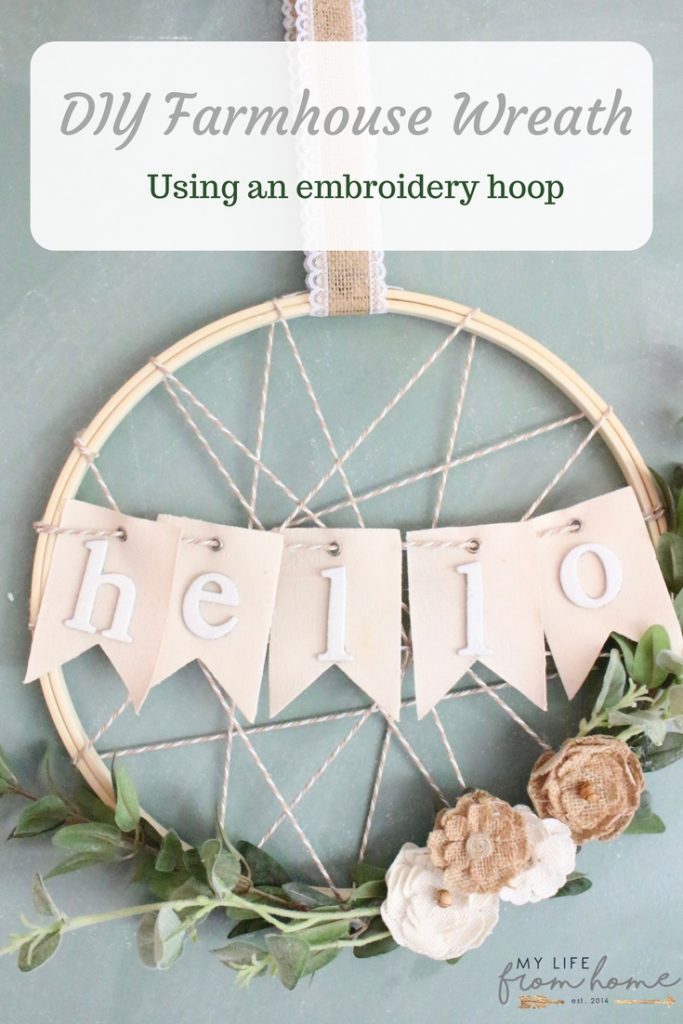
Credit: mylifefromhome.com
Frequently Asked Questions
What Tools Do I Need For Embroidery?
To start embroidery, you’ll need needles, embroidery floss, and fabric. A hoop is also essential to keep your fabric taut. Beginners should consider using a water-soluble marker for design tracing. Scissors and a needle threader can also make your work easier and more precise.
How Do I Choose Embroidery Patterns?
Selecting patterns depends on your skill level and interest. Beginners might start with simple geometric shapes or floral designs. Many websites and books offer free patterns. Always consider the fabric type and the stitch complexity when choosing your design.
How Long Does Embroidery Take To Learn?
Learning embroidery basics can take a few days. Mastering intricate designs might take weeks or months. Consistent practice is key to improving your skills. Online tutorials and classes can accelerate your learning process. Start with simple projects to build confidence.
Can I Wash Embroidered Fabric?
Yes, but take precautions to preserve your work. Use a gentle detergent and hand wash in cold water. Avoid wringing the fabric to prevent distortion. Lay flat to dry and iron from the reverse side. Always test a small area if unsure about colorfastness.
Conclusion
Embroidery offers a fun and creative outlet. You express yourself through stitches. Try new designs and patterns. Each piece tells its own story. Enjoy the journey of crafting. Mistakes happen, but they teach you. Keep practicing and improving your skills.
Share your creations with friends. Inspire others to start embroidery too. It’s relaxing and rewarding. Feel proud of what you make. Your embroidery is unique and special. Dive into this charming craft. Let your imagination run wild. Create something beautiful today.
